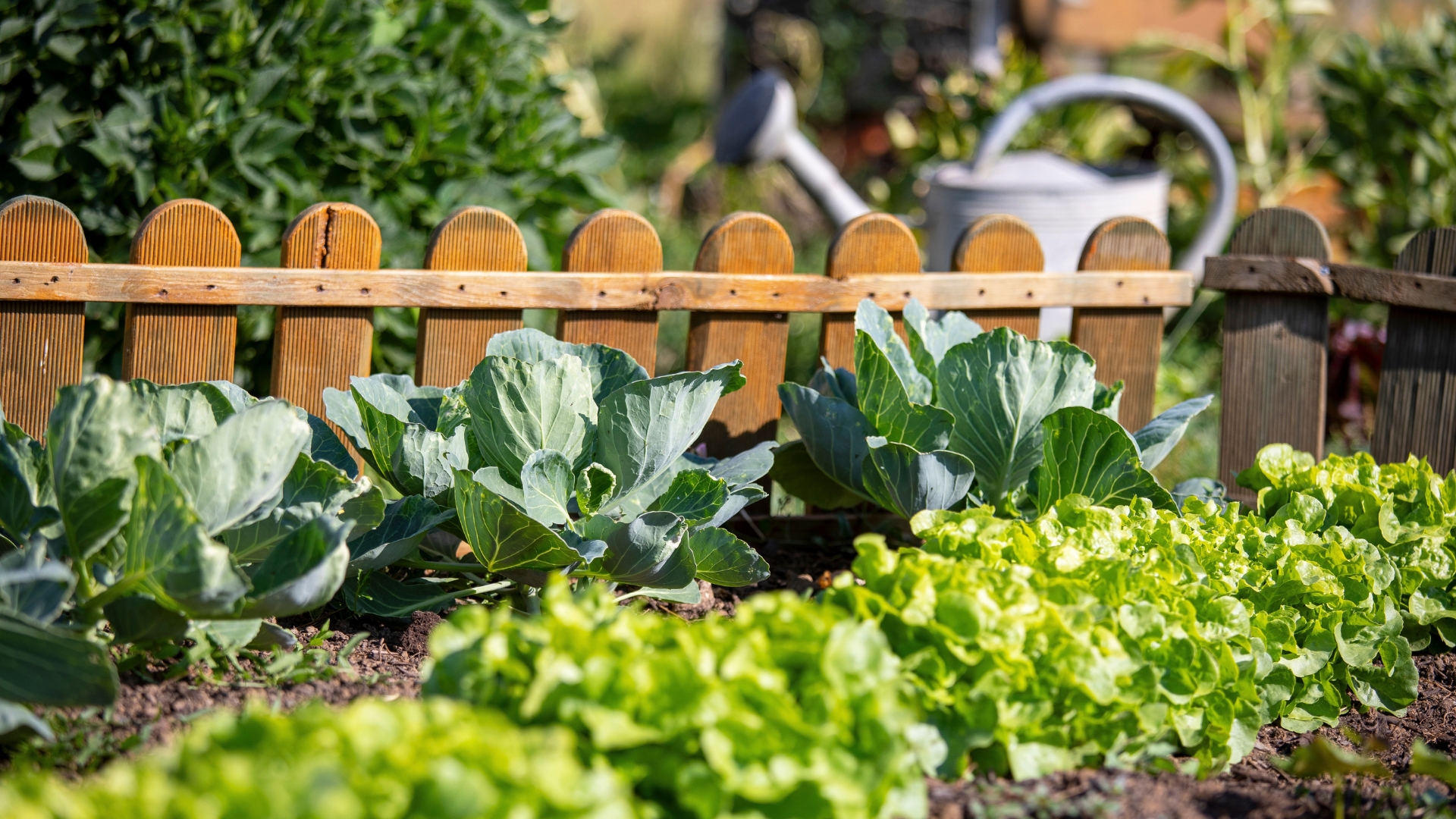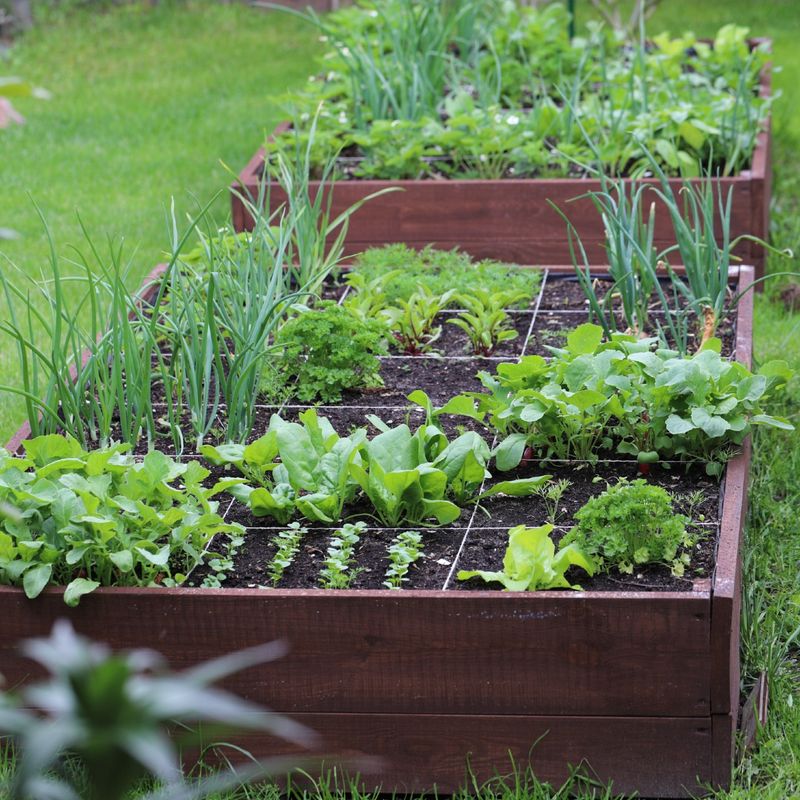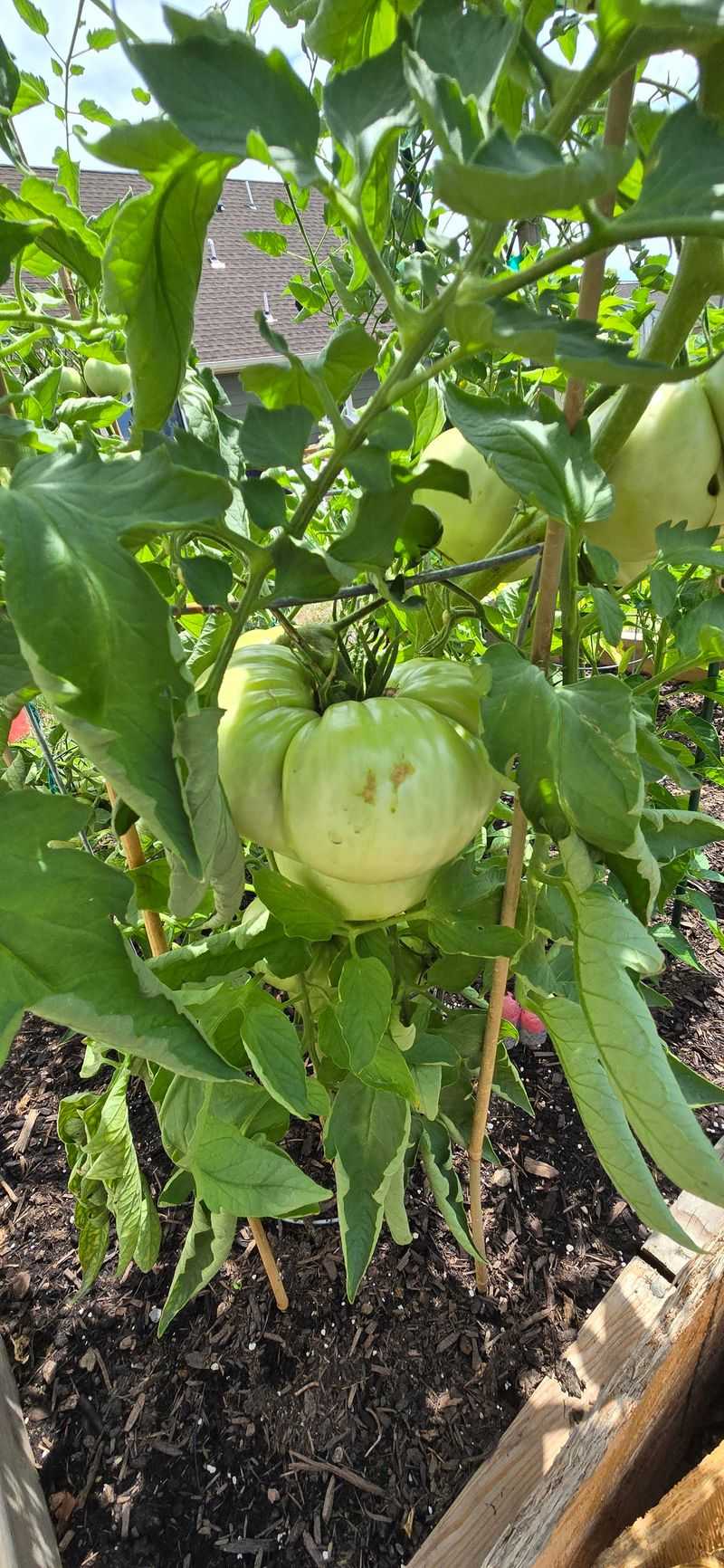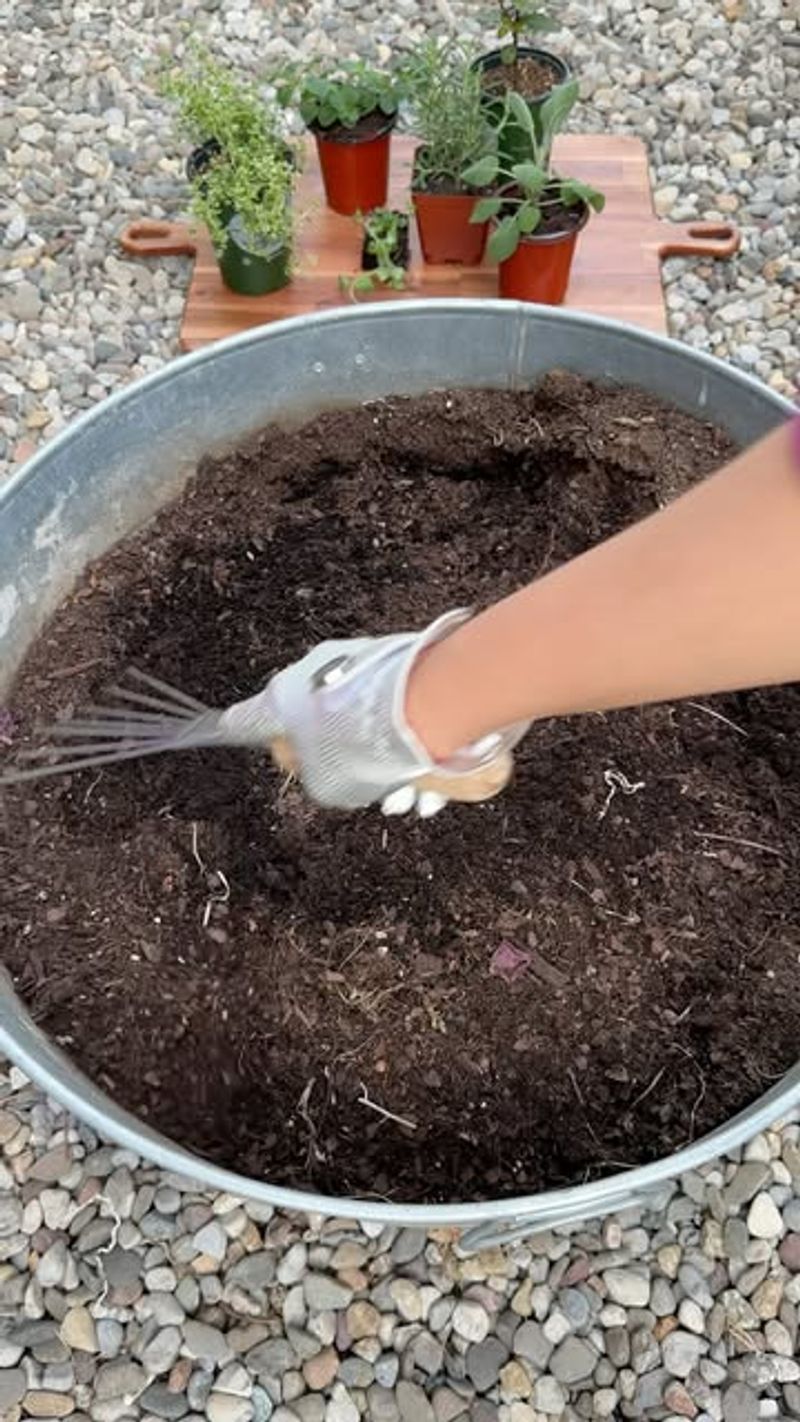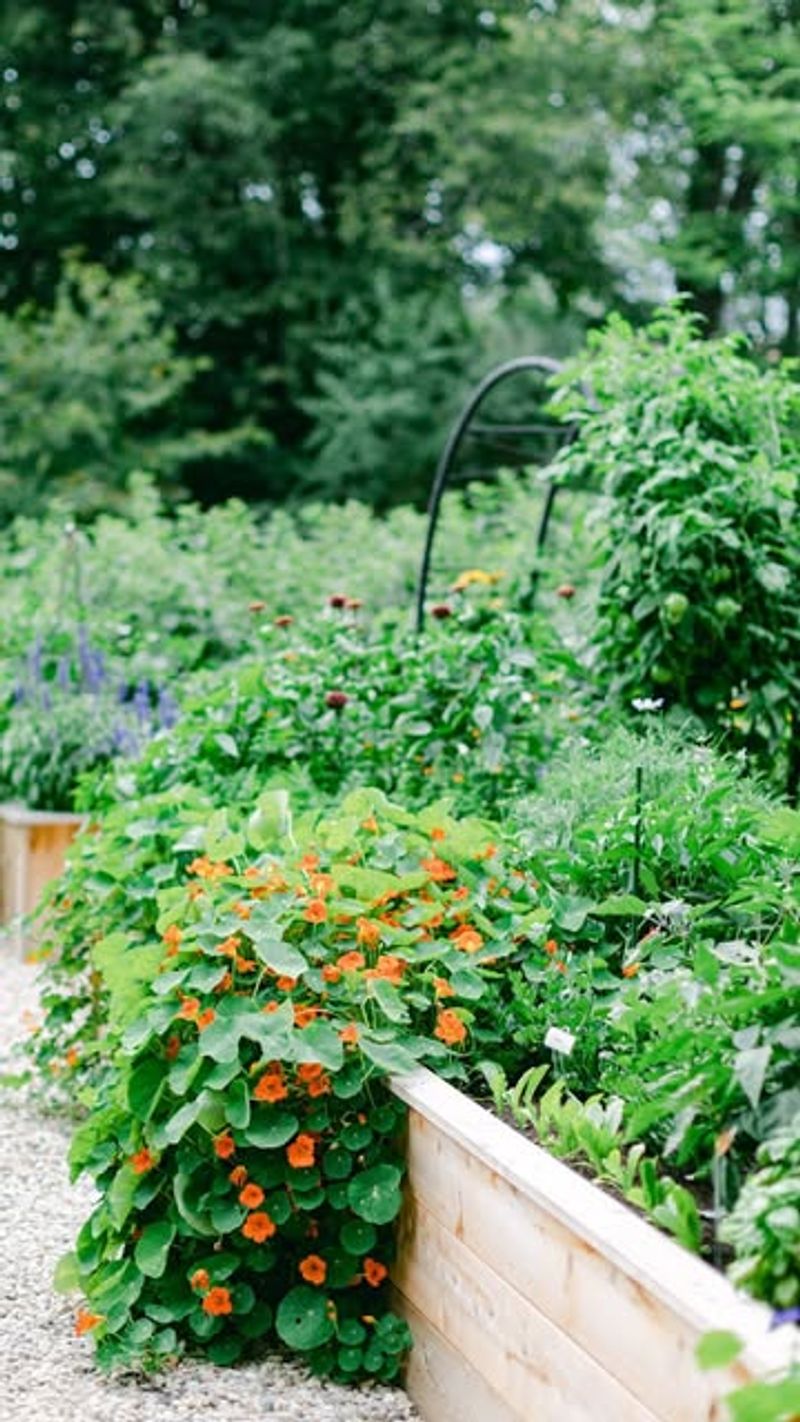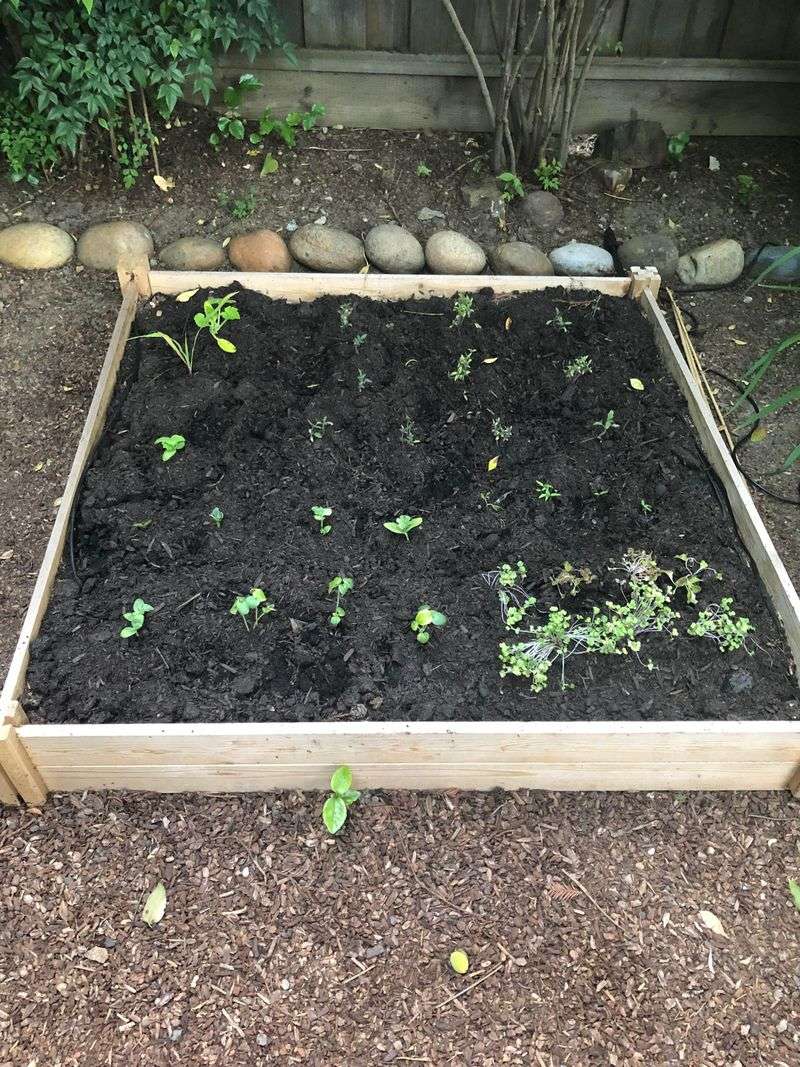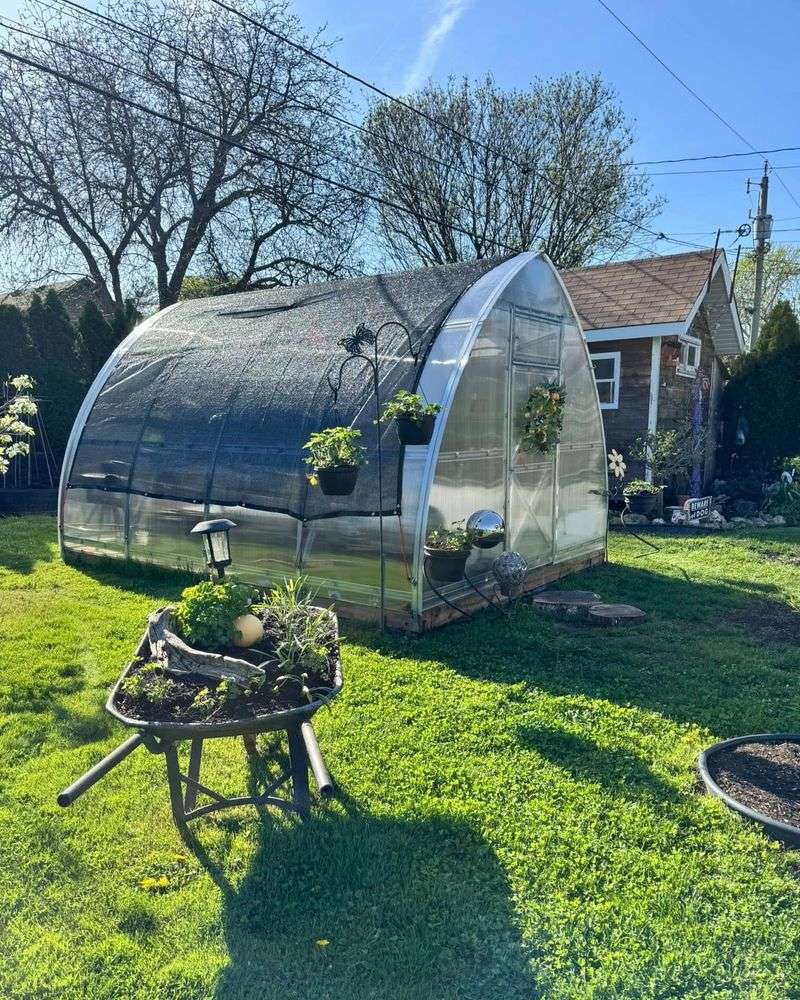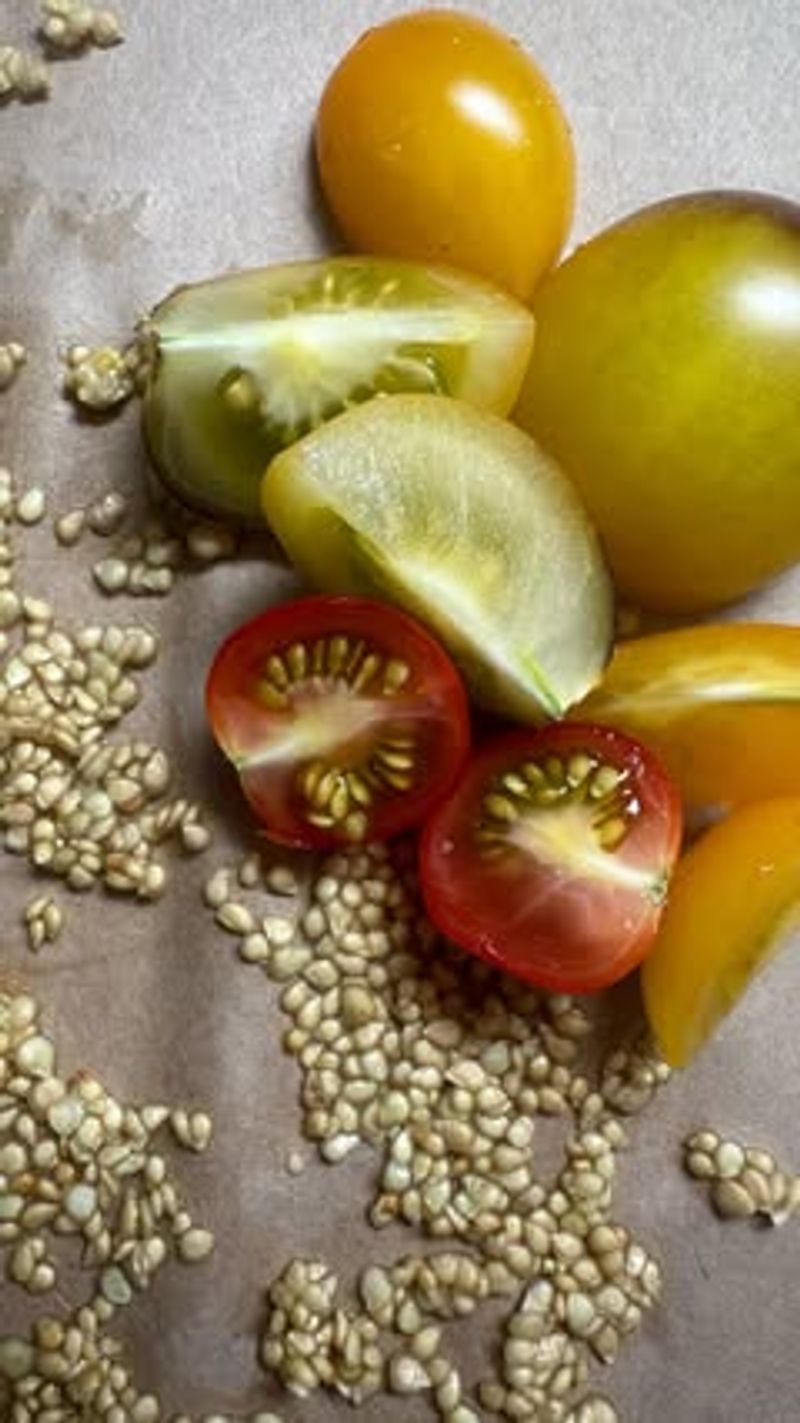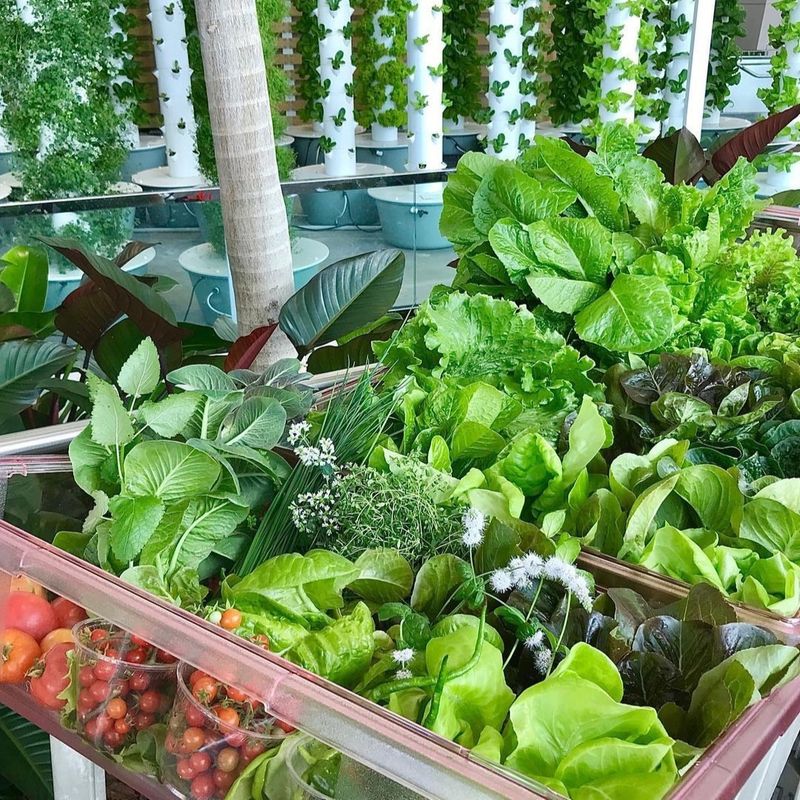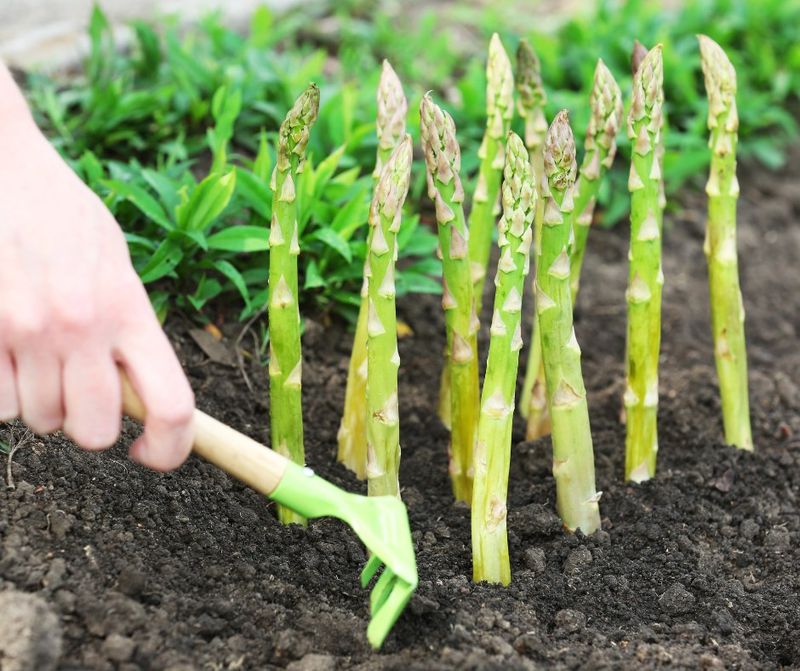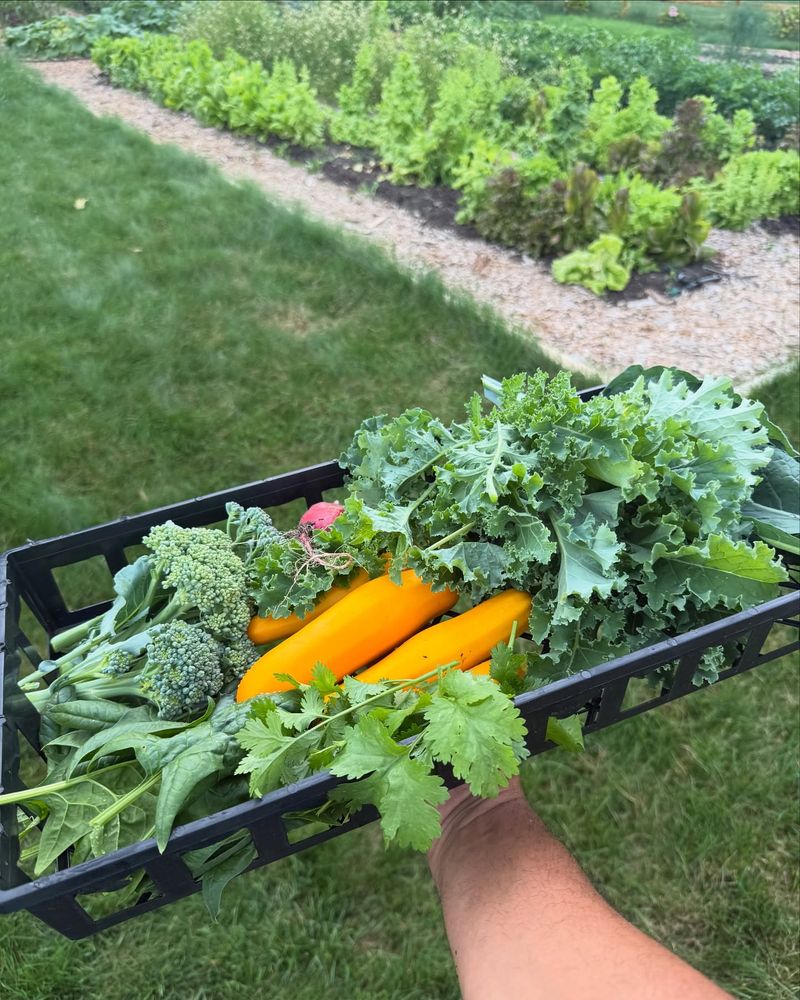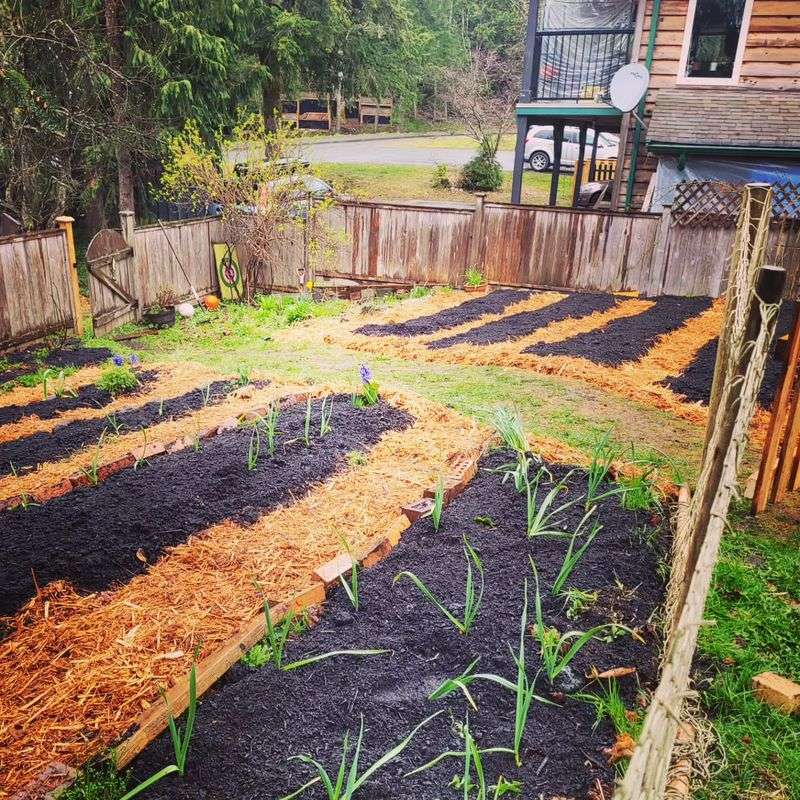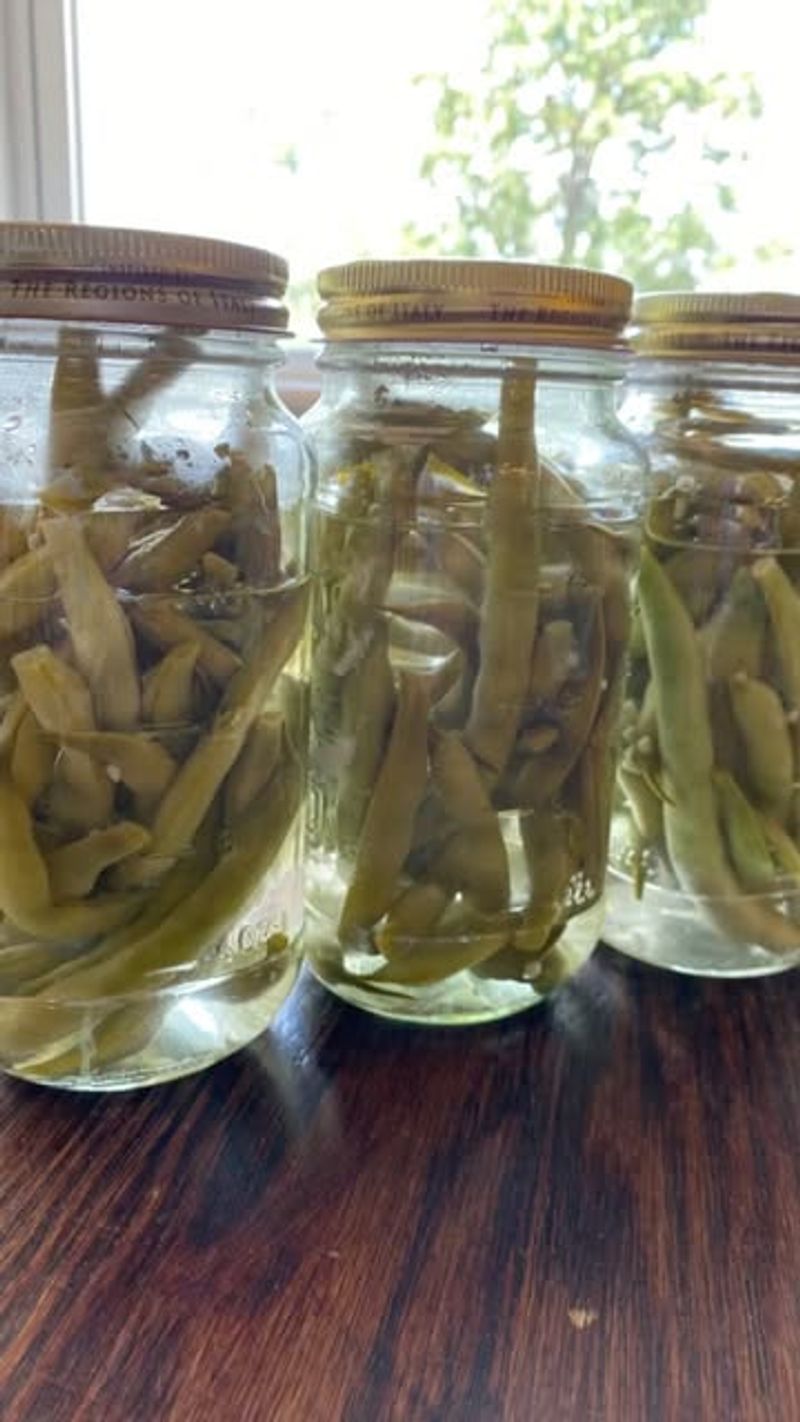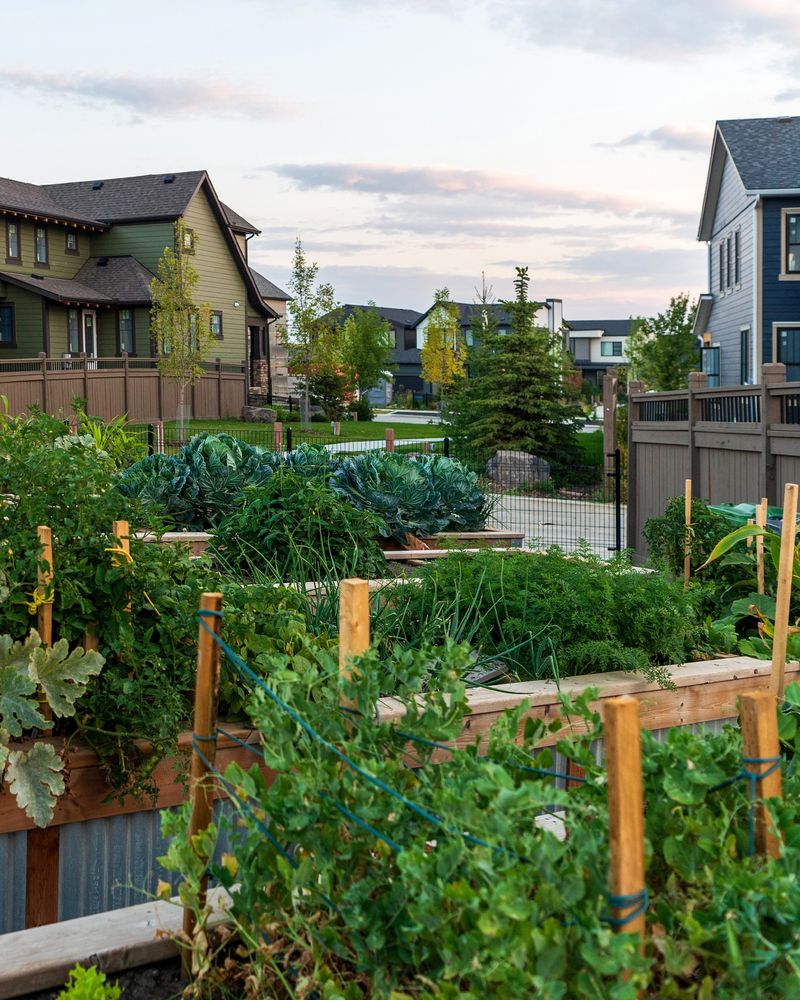Growing your own vegetables is one of the most rewarding things you can do—fresh food, fewer grocery trips, and a real sense of independence. I started with just a few pots and ended up with a garden that feeds my whole family through the season.
These 15 tips come from trial, error, and a whole lot of learning along the way. They’ll help you grow more with less stress, no matter how much space you have.
If you’ve been thinking about becoming more self-sufficient, this is a great place to start.
1. Start Small
Begin with just a few vegetables that you love to eat. Many beginners make the mistake of planting too much too soon and feel overwhelmed by maintenance.
Focus on easy-to-grow options like lettuce, radishes, and cherry tomatoes. These forgiving plants will build your confidence while providing quick harvests that keep you motivated to continue your gardening journey.
2. Know Your Growing Zone
Your local climate determines what will thrive and when to plant. Find your growing zone online through agricultural extension websites or gardening apps that offer personalized planting calendars.
This knowledge prevents the heartbreak of watching frost-sensitive tomatoes die in an early cold snap or cool-weather spinach bolt in summer heat. Working with nature’s rhythm dramatically increases your chances of success.
3. Build Healthy Soil
Great gardens grow from great soil. Add compost, aged manure, or leaf mold to your garden beds each season to create a living ecosystem that feeds your plants naturally.
Consider getting a soil test to understand exactly what your garden needs. Healthy soil means stronger plants that resist pests and diseases, ultimately requiring less work from you while producing more nutritious vegetables.
4. Choose Strategic Locations
Most vegetables need at least 6-8 hours of direct sunlight. Watch your yard throughout the day to identify the sunniest spots before establishing permanent beds.
Place your garden near a water source to make irrigation easier. And remember, a garden you can see from your kitchen window is more likely to receive regular attention than one hidden in a back corner of your property.
5. Practice Companion Planting
Some plants help each other thrive when grown together. Classic pairings include tomatoes with basil, corn with beans and squash, and carrots with onions.
These natural partnerships can deter pests, improve pollination, and maximize space. For example, tall sunflowers provide shade for heat-sensitive lettuce in summer, while nitrogen-fixing beans improve soil for heavy-feeding vegetables planted later.
6. Water Wisely
Consistent moisture keeps vegetables growing steadily. Water deeply but less frequently to encourage deep root growth, rather than daily shallow sprinkles that create weak surface roots.
Morning watering reduces evaporation and fungal issues. Consider drip irrigation or soaker hoses that deliver water directly to soil without wetting leaves, saving water while minimizing disease problems that thrive in damp foliage.
7. Extend Your Growing Season
Simple structures like cold frames, row covers, or hoop houses can add weeks or months to your growing season. These protective environments trap heat and shield plants from frost.
Start cool-weather crops earlier in spring and keep them producing later into fall. Even plastic milk jugs with bottoms cut out can protect young seedlings from late frosts, giving you a jump start on the growing season.
8. Save Seeds
Harvesting and storing seeds from your best-performing plants builds true self-sufficiency. Focus on open-pollinated varieties (not hybrids) that will produce offspring similar to parent plants.
The process is surprisingly simple for many vegetables. Allow a few plants to flower and mature fully, then collect, clean, and dry the seeds. Properly stored in cool, dry conditions, many seeds remain viable for years.
9. Embrace Vertical Growing
Growing upward multiplies your garden space. Trellises, stakes, cages, and fences support climbing vegetables like peas, beans, cucumbers, and small melons, keeping them off the ground.
Vertical growing also improves air circulation, reducing fungal problems. Even in tiny spaces, you can train plants to climb walls or balcony railings, turning previously unused vertical space into productive growing areas.
10. Rotate Crops Yearly
Moving plant families to different garden areas each season prevents soil-borne diseases and pests from building up. Create a simple rotation plan dividing vegetables into groups like leafy greens, root crops, and fruiting plants.
This practice also balances soil nutrients naturally. Heavy feeders like tomatoes can follow nitrogen-fixing beans that enriched the soil. Even in containers, changing what you grow each season improves long-term success.
11. Grow Perennial Vegetables
Unlike annual vegetables that need replanting each year, perennials return season after season with minimal effort. Asparagus, rhubarb, artichokes, and many herbs provide years of harvests from a single planting.
Some lesser-known perennial vegetables worth trying include Egyptian walking onions, sorrel, and sea kale. These low-maintenance crops form the backbone of a truly sustainable food garden that becomes more productive with time.
12. Harvest Continuously
Regular picking encourages plants to produce more. Many vegetables like beans, peas, and zucchini should be harvested young and tender, before they grow oversized and tough.
Learn to recognize peak ripeness for different crops. For leafy greens, practice “cut and come again” harvesting by taking outer leaves while leaving the growing center intact. This technique can triple your yield from a single planting.
13. Create Garden Microclimates
Every yard has warmer and cooler spots created by structures, slopes, and existing vegetation. South-facing walls absorb heat, perfect for heat-loving vegetables like peppers and eggplants.
Large rocks or water features store daytime heat, releasing it slowly overnight to protect nearby plants from frost. Windbreaks shield delicate seedlings, while partial shade from taller plants protects lettuce from summer heat that would cause bitter bolting.
14. Preserve Your Harvest
Learning multiple preservation methods turns seasonal abundance into year-round food security. Different vegetables store best using different techniques – some through simple root cellaring, others by freezing, dehydrating, or canning.
Start with easy methods like freezing berries or drying herbs. Even refrigerator pickles require minimal equipment. As your skills grow, expand into water-bath canning for acidic foods and pressure canning for low-acid vegetables.
15. Join a Gardening Community
Connect with other gardeners through local clubs, online forums, or community gardens. These networks provide region-specific advice, troubleshooting help, and opportunities to exchange seeds and plant divisions.
Experienced gardeners often love sharing knowledge with beginners. Many communities also organize seed swaps and plant sales featuring locally-adapted varieties you won’t find in commercial catalogs, helping you build a truly resilient garden.

